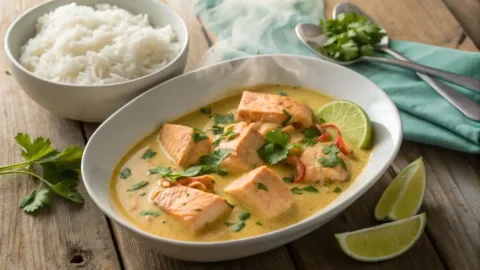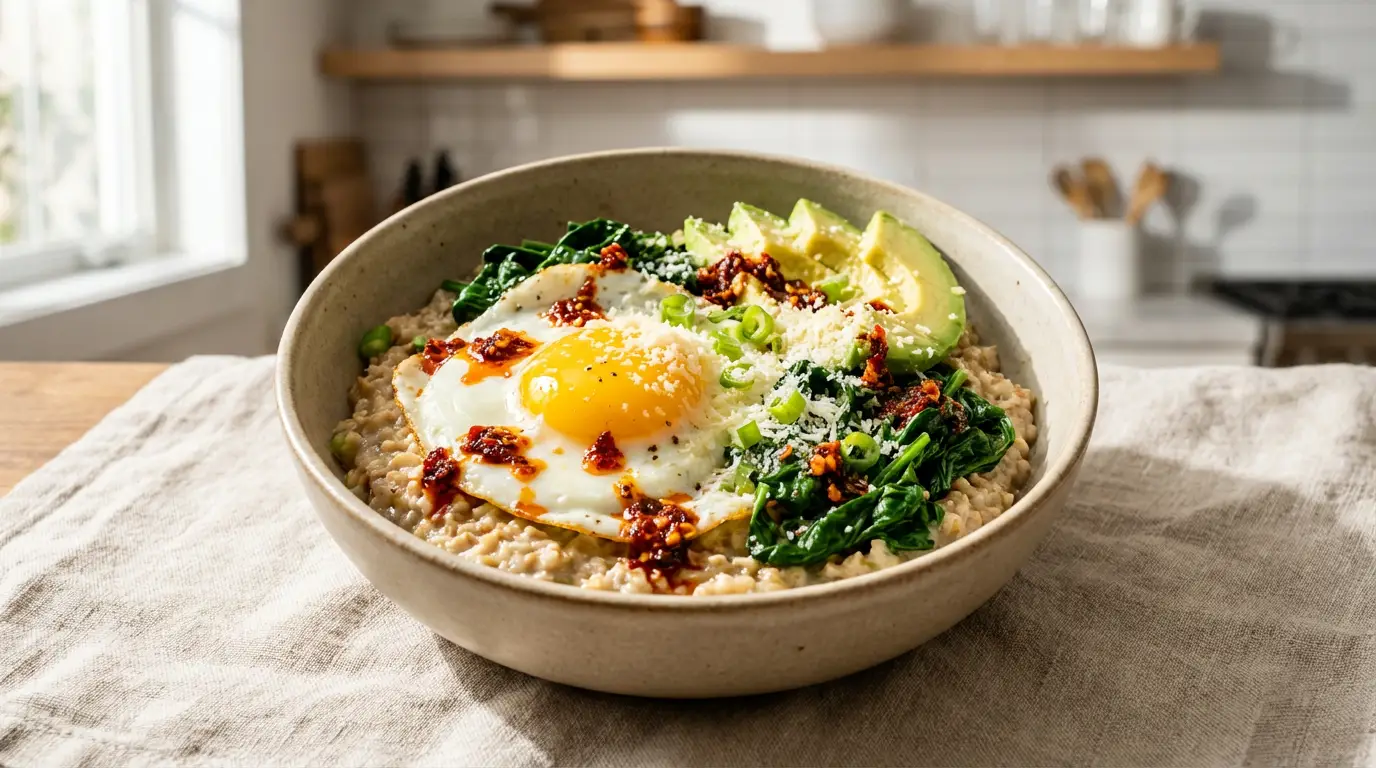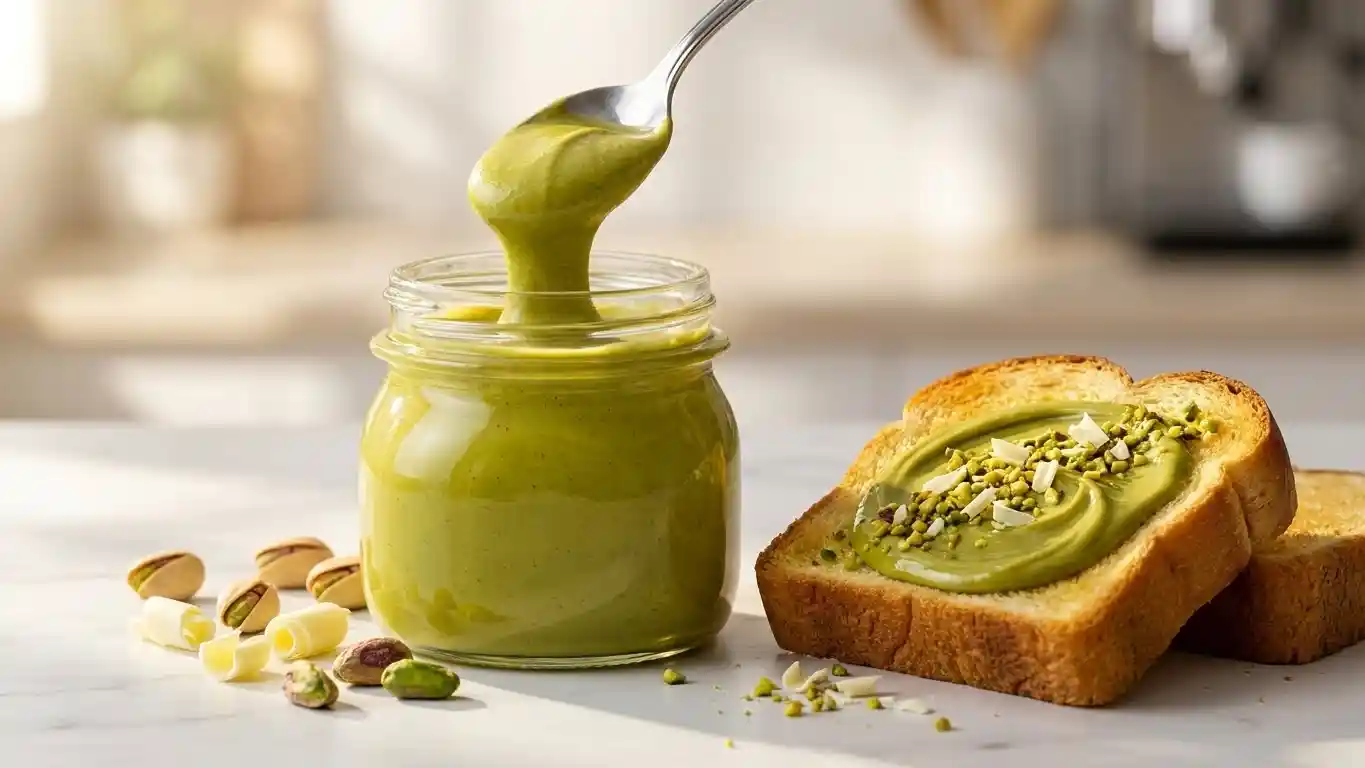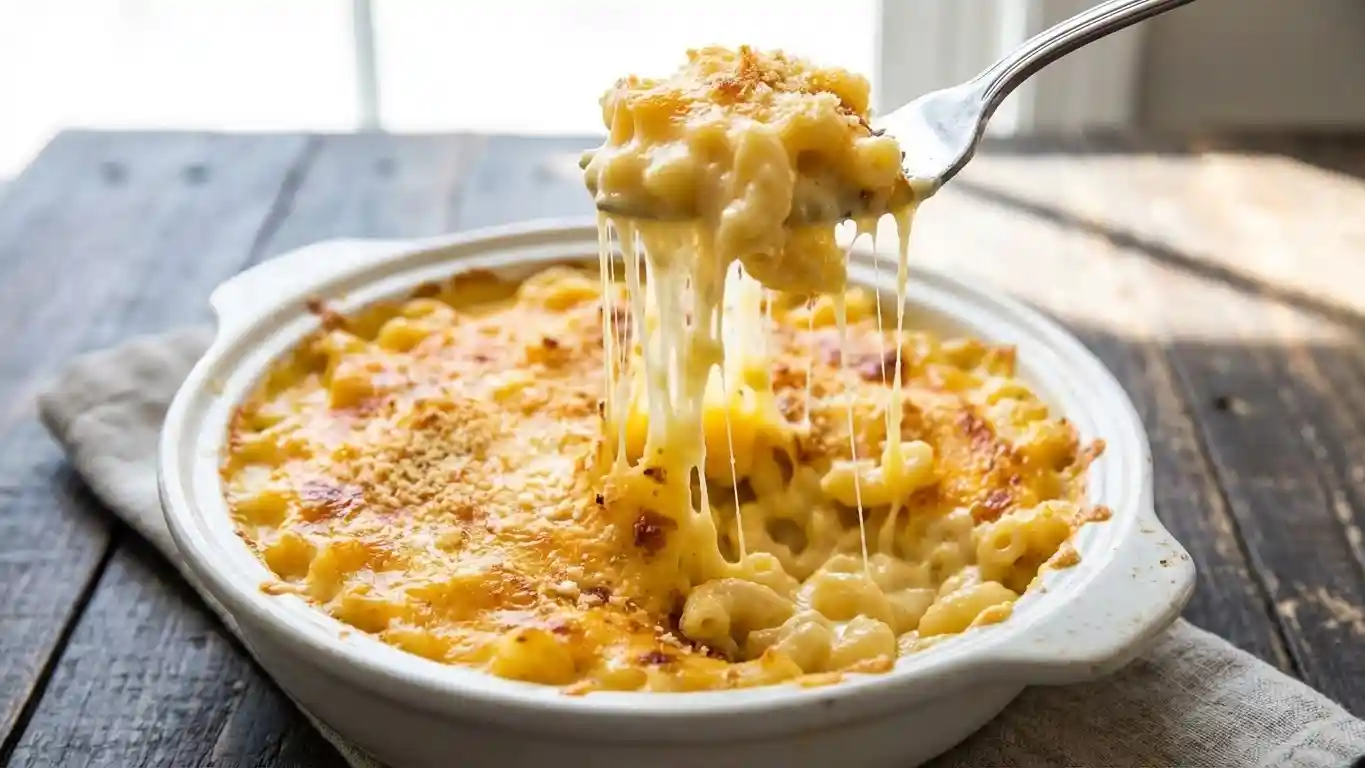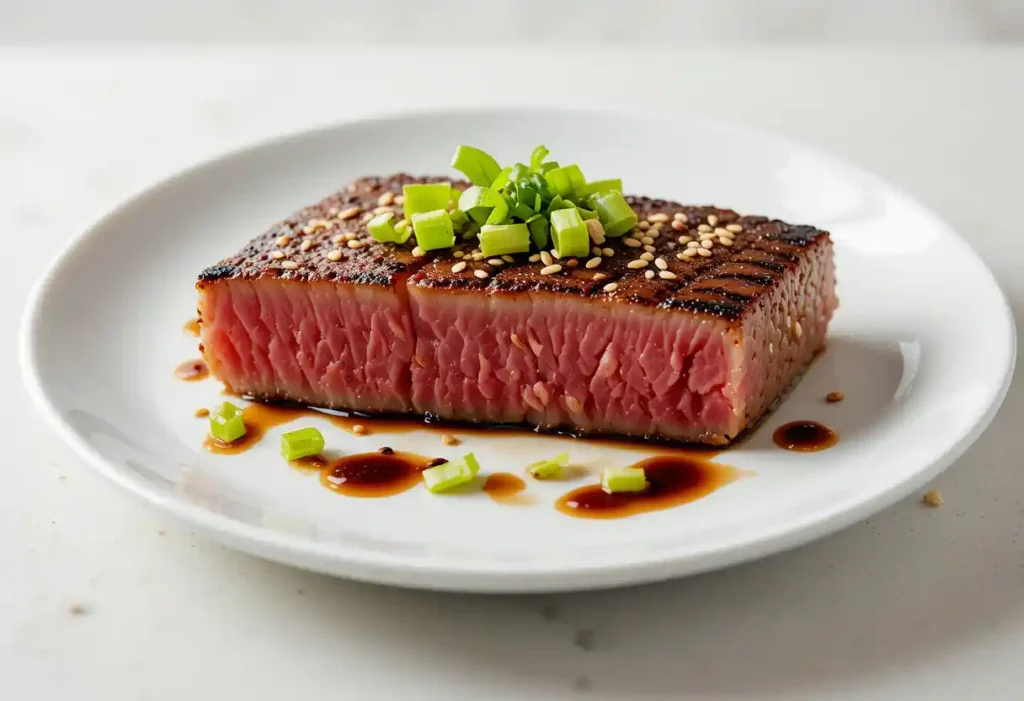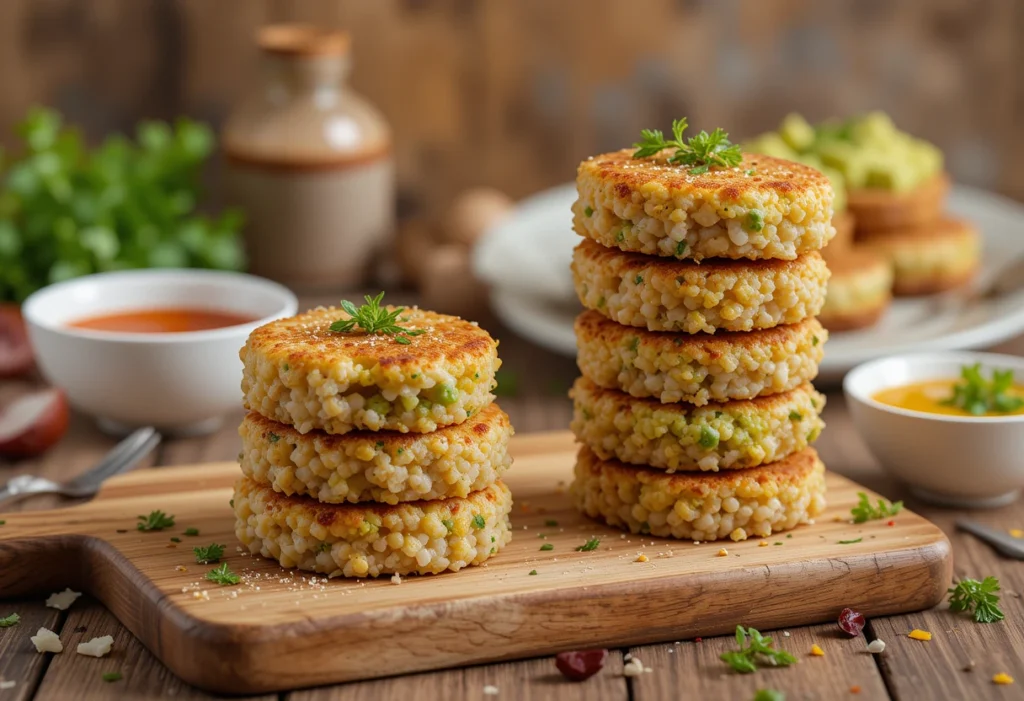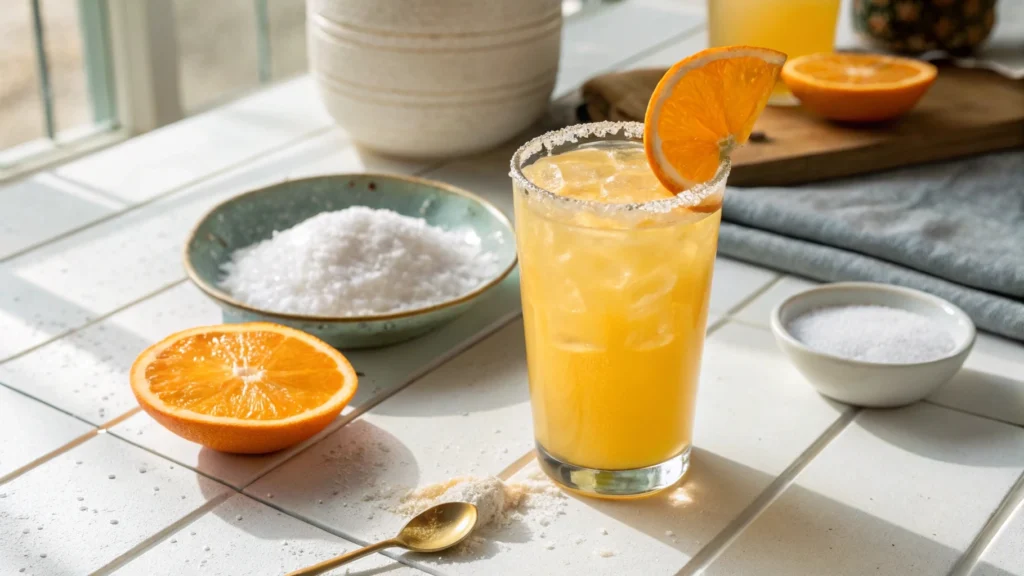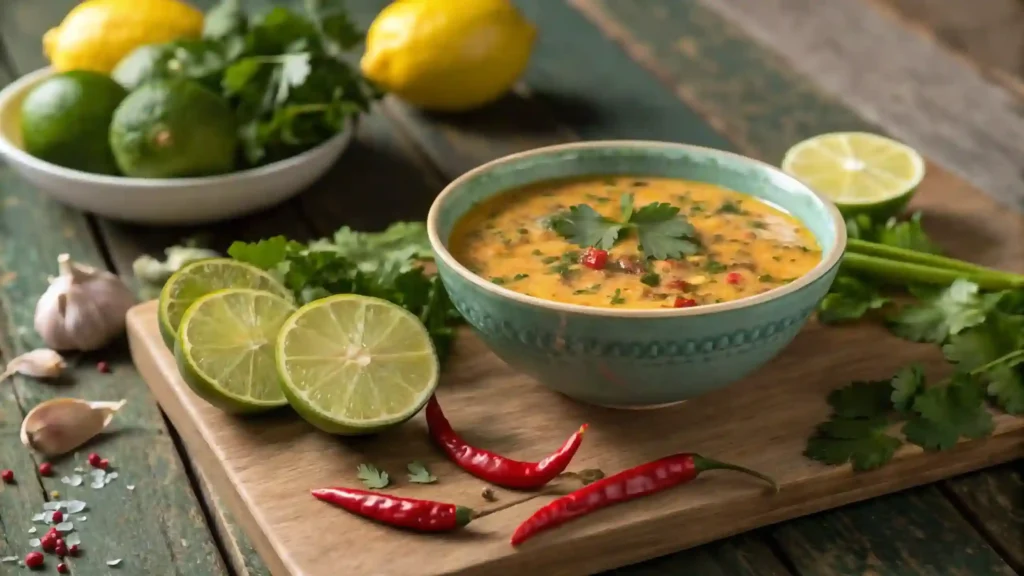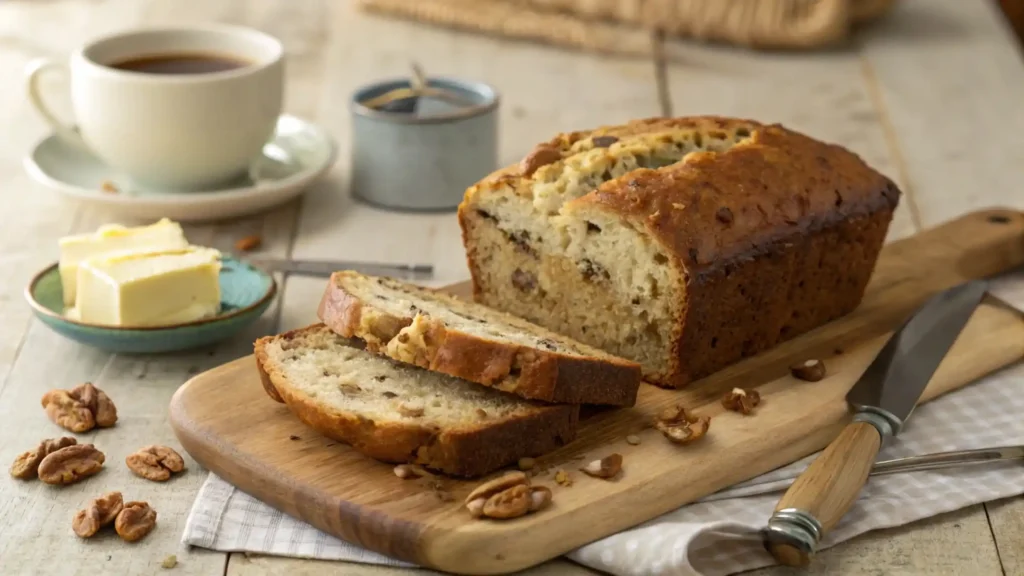Coconut miso salmon curry unites creamy and flavorful elements for a comforting meal that fits into any weeknight routine. Salmon gains tender texture through quick poaching in a sauce made with miso paste and coconut milk. White miso brings umami depth and an earthy sweetness, while fresh ginger and garlic create a lively base. A splash of lime and a sprinkle of curry powder sharpen each bite without overwhelming the fish.
This dish is easy to customize with fresh herbs like basil and cilantro, or with vegetables such as bok choy for extra crunch. The salmon curry recipe also works with flaky white fish, tofu, or shrimp if you want to change the protein. The result is a warm, balanced meal that sits light on the stomach yet satisfies a craving for bold taste.
Key Benefits For coconut miso salmon curry
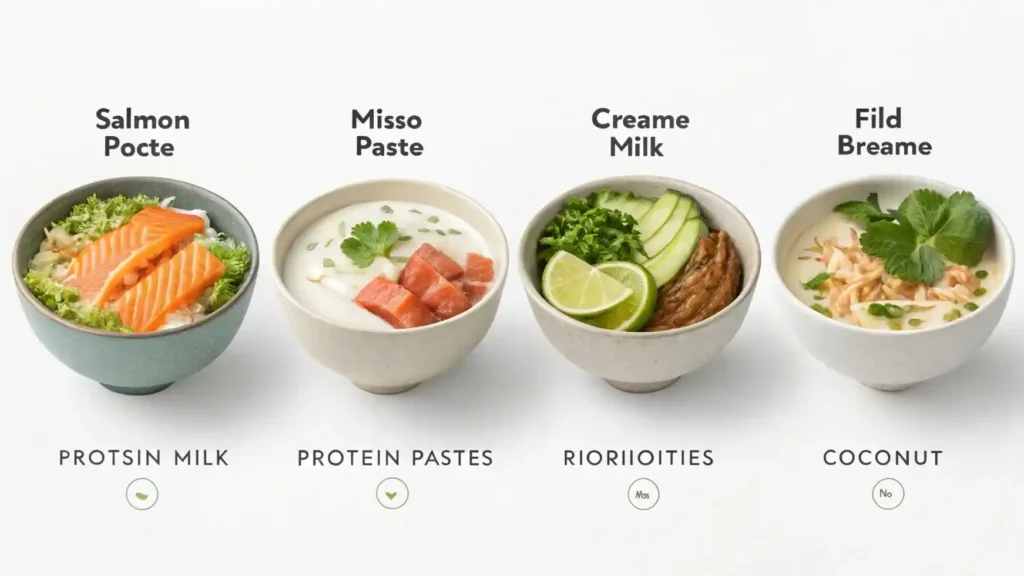
Comforting and Quick
Many people crave comfort foods that do not take hours to prepare. Miso salmon curry delivers fast results through quick poaching, which makes the salmon tender in a short time. With the right approach, you can complete this meal without spending your entire evening cooking. This means you can enjoy it for a weeknight meal without worrying about complicated steps.
Gentle on the Palate
While some curries have intense spices, this specific recipe aims for a balanced experience. Miso paste introduces a mild saltiness and pleasant umami note, while coconut milk adds a layer of smooth richness. Lime brings a bright spark that makes each spoonful pop. Overall, it’s a dish that feels soothing and easy to eat.
Nutrient-Rich
Salmon provides protein and healthy fats. Miso contains beneficial bacteria because of the fermentation process, which can support digestion. Ginger can provide a gentle boost to well-being, and fresh herbs like basil and cilantro supply vitamins and color. As a result, each serving contains layers of nutrients that you can appreciate.
Adaptable to Preferences
Whether you want added spiciness or milder flavors, you can adjust this curry to suit your tastes and enhance its overall flavor profile. For more kick, you can stir in a little serrano or a sprinkle of red pepper flakes. If you prefer an even creamier end result, you can add extra coconut milk. You could also swap out salmon for a flaky white fish if you happen to have it on hand, or even tofu if you want a plant-based option, but adding salmon can elevate the dish.
Ideal for Multiple Cuisines
This dish brings together influences from various cooking styles, and it fits easily into everyday cuisine. Coconut milk, curry powder, fish sauce, and miso combine in a way that highlights each ingredient’s strengths. You can also draw from other stir-fries you enjoy. For instance, if you’ve cooked an onion-based stir-fry recently, you can see how those aromatics pair with miso. This fusion-like approach shows that salmon curry can handle a variety of global flavors.
Great for Leftovers
If you prepare extra, the flavors deepen over time. The coconut milk, the miso, and the salmon soak together, so you can have a wonderful lunch the next day without much extra work, ensuring a delightful flavor profile. Reheat carefully so the salmon stays moist.
These key benefits set the stage. Now let’s walk through the ingredients that make coconut miso salmon curry special.
Ingredients
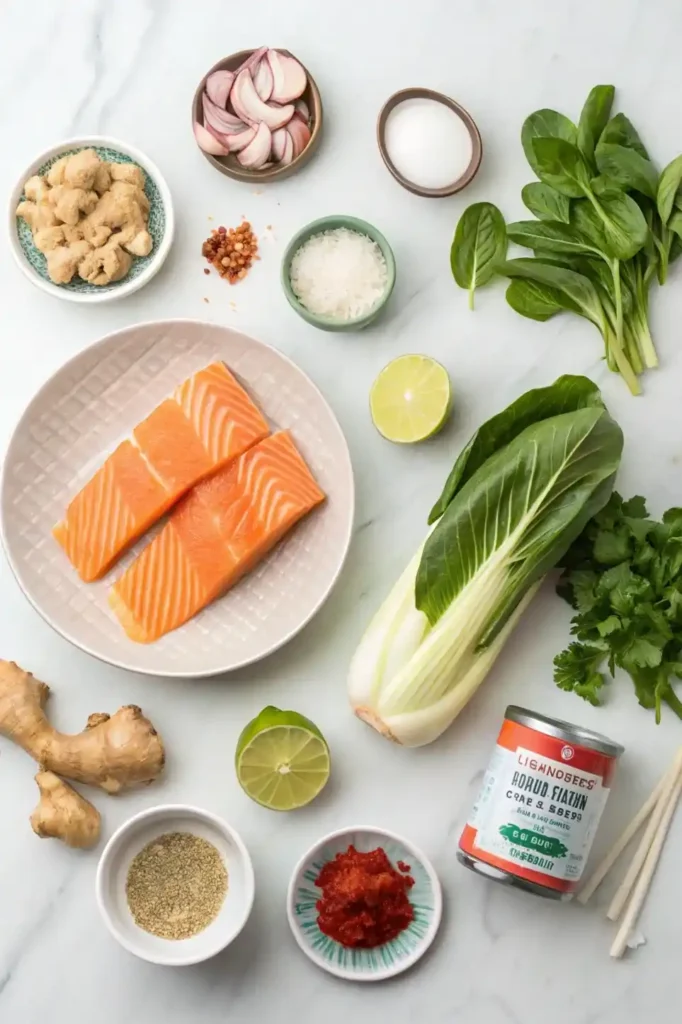
Below is everything you need to bring out a satisfying salmon curry recipe. Having these items on hand will allow you to move from start to finish without confusion.
- Salmon (1 pound)
- Aim for fresh fillets with skin removed. This is enough for about four servings, but you can adjust based on your needs.
- Miso paste (white miso)
- You need about 2–3 tablespoons of soybean paste for added depth in flavor. White miso brings a subtle, almost sweet note.
- Coconut milk (1 can full-fat coconut milk) is essential for achieving a creamy texture in your flavor profile.
- Go for full-fat coconut milk if possible. This will produce a velvety curry sauce.
- Onion (1 medium), finely diced
- Onions help soften the overall taste and form a base for the sauce.
- Ginger and garlic (1 tablespoon each, minced)
- These classic aromatics give the dish a sharper kick.
- Curry powder (1 tablespoon)
- Look for a blend you trust, or use a standard mild type. You may add more if you prefer stronger spicing.
- Basil (a handful of leaves, chopped)
- This fresh herb brightens the dish. You can use more or less as you like.
- Cilantro (a small bunch, chopped)
- Another layer of herbaceous goodness. If you do not like cilantro, you may skip it.
- Lime (1 or 2)
- You will need lime juice from at least one lime. Lime wedges can be served on the side. Lime zest is optional if you like added tang.
- Fish sauce (1 teaspoon, optional)
- For extra depth, but be mindful that fish sauce can be quite salty.
- Bok choy (1–2 bunches, sliced)
- This can be added for crunch and color. You can use other greens, but bok choy pairs well with the mild curry sauce.
- Kosher salt and pepper
- You will season with salt and pepper to taste. Kosher salt is easier to pinch and sprinkle evenly.
- Oil (1 tablespoon)
- A neutral choice like vegetable or avocado oil is good, since you will sauté onion in it.
- Red pepper flakes (1 pinch, optional)
- Good if you want extra heat.
- Optional protein swaps
- If salmon is not your choice, flaky white fish can take its place. Tofu or even shrimp or scallops would also work.
- Optional sides
- Cauliflower rice if you want a lower-carb option, or standard steamed rice.
With these on hand, you can jump into making the curry. Let’s look at the step-by-step instructions.
How To Make coconut miso salmon curry
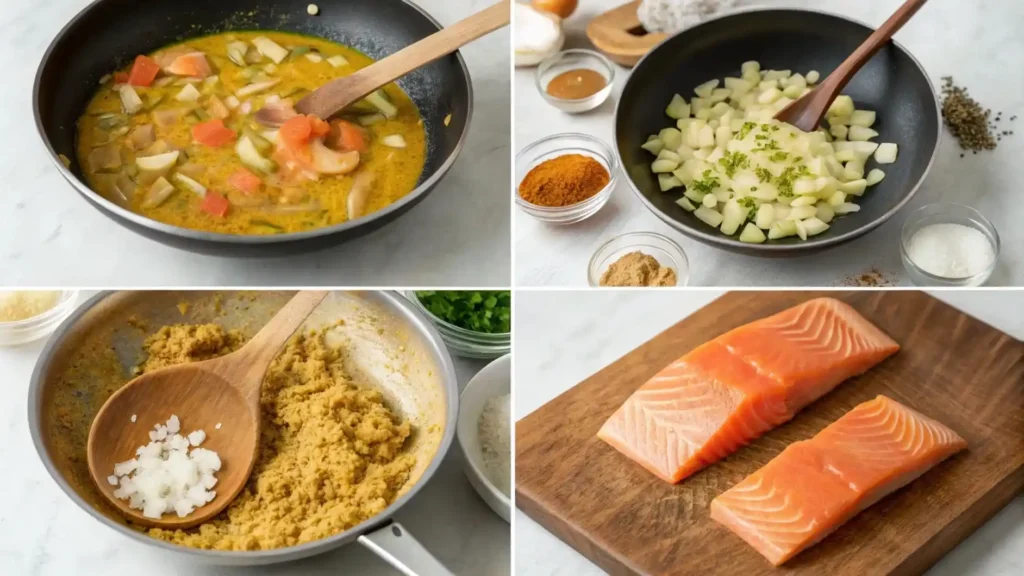
This outline will guide you from start to finish. Take your time with each step for the best result.
- Gather and Prep Ingredients
- Rinse your produce, then chop onions, bok choy, basil, and cilantro. Peel and mince ginger and garlic.
- Make sure your salmon is cut into chunks or fillets. Pat them dry.
- Warm a Large Pot
- Place a large pot on your stove. Pour in 1 tablespoon of oil over medium heat. Allow it to warm up for about 2 minutes to develop the flavor profile.
- Add Onion
- Add onion to the oil and let it soften to build a rich flavor profile. Stir occasionally so it does not scorch. Once it becomes translucent, incorporate ginger and garlic. Cook for another minute to bring out their aromas.
- Add Miso
- Carefully add miso to the onions and ginger mixture. Stir well so the miso begins to break down into the base of the curry sauce. This is a short step—just long enough to disperse the paste.
- Add Coconut Milk
- Next, add coconut milk. Scrape the bottom of the pot to lift any browned bits. The coconut milk will blend with miso, resulting in a smooth start to your sauce.
- Add Curry Powder
- Sprinkle in the curry powder. Stir gently so it merges with the coconut milk. At this stage, add basil if you like its flavor fully cooked in. Save a little for garnish later if you want a bright pop on top.
- Boil Over High Heat, Then Reduce
- Increase the heat until the mixture starts to boil over high heat. Once it bubbles, reduce the heat to medium-low. This ensures you do not scorch the sauce.
- Bring to a Boil, Then Heat to Medium-Low and Simmer
- Let the mixture come to a rolling bubble. Now, heat to medium-low and simmer. This step helps the flavors develop. The sauce will thicken slightly as it cooks.
- Stir in Salmon
- It’s time to add the salmon. Gently place the pieces into the sauce. Make sure each chunk is covered. You can also drop in bok choy for extra texture and color. Let the sauce come back to a gentle bubble.
- Medium-Low and Simmer Gently
- Let the dish sit at medium-low and simmer gently. This method of quick poaching keeps the fish tender. You do not want the sauce to boil furiously.
- Simmer Gently Until Just Cooked
- Keep an eye on it. Salmon is cooked when it flakes easily. This often takes about 5 to 7 minutes. Overcooking dries out the fish, so watch carefully.
- Season with Salt and Pepper
- Taste the sauce and season with salt and pepper. If you want more depth, add a small dash of fish sauce or a touch of soybean for extra umami. Be cautious with the salt level, because miso and fish sauce can be salty.
- Turn Off Heat and Stir
- Once the fish reaches your desired doneness, turn off heat and stir gently. Add a sprinkle of lime juice to brighten things up.
- Top with Salmon Curry
- If you’re making a base of rice or cauliflower rice, plate it first and then top with salmon curry. Save some basil and cilantro to garnish.
Your coconut-miso salmon curry is now complete. In the next section, we’ll explore a few pro tips and suggested variations.
Pro Tips and Variations

Pro Tips
- Marinade Option
- If you have time, create a quick marinade for salmon using lime juice, a bit of miso, and a splash of fish sauce. Let it rest for about 15 minutes in the fridge. This can give the salmon added taste before it cooks.
- Controlling Thickness
- If you prefer a thinner sauce, stir in a bit of broth. If you want it thicker, let it simmer with the lid off for a few extra minutes. Watch it closely so it does not reduce too fast.
- Emphasize Freshness
- Basil and cilantro are wonderful fresh herbs to scatter on top. You can even add a pinch of lime zest right before serving for more zing.
- Flavor Adjustments
- If you want more heat, consider adding serrano or red pepper flakes when you sauté onions. If you prefer deeper saltiness, a touch of fish sauce or an extra pinch of kosher salt can help.
- Prevent Curdling
- Keep the temperature from getting too high once you add coconut milk. Overheating can cause the fats in the coconut milk to separate. Keep a gentle simmer instead.
Variations
- Swap the Protein
- Tofu: A firm tofu, cubed and lightly pan-seared, works well for a vegetarian option.
- Flaky White Fish: Cod or halibut can replace salmon.
- Shellfish: Shrimp or scallops would also taste delicious in this curry if you want a change.
- Use Different Greens
- Bok choy is suggested, but you can switch to spinach, kale, or even zucchini. Each vegetable brings a unique crunch or texture.
- Add More Vegetables
- You can toss in mushrooms, bell peppers, or carrots for extra variety. The sauce is flexible enough to accommodate different produce.
- Spicier Take
- For those who love heat, adding a chopped serrano or jalapeño at the start can turn your dish into a spicy treat.
- Try Another Acid
- Lime juice is typical, but you could experiment with a splash of rice vinegar if you want a sharper bite. Always taste as you go, so you do not overdo the acidity.
In the next section, we’ll look at serving suggestions to make your meal shine.
Serving Suggestions
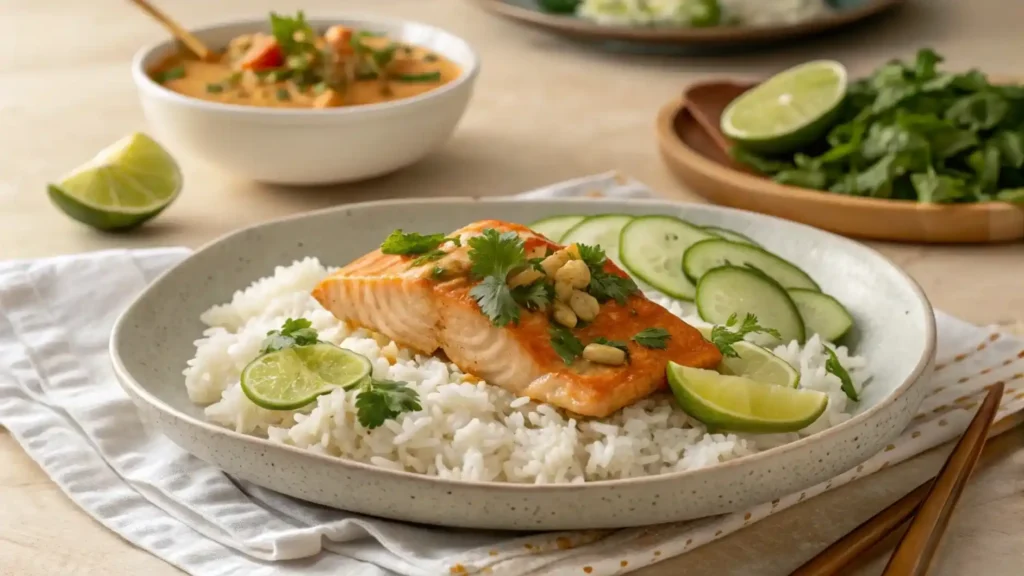
Classic Rice Pairing
A bed of fragrant rice complements the sauce, enhancing its flavor profile. The starchy grains soak up the curry, guaranteeing each bite is rich and satisfying. If you like, add a bit of lime zest to your rice after cooking. This subtle citrus note pairs nicely with the salmon curry.
Cauliflower Rice
If you’re watching carbs or want a lighter option, cauliflower rice is a good replacement. It has a mild flavor and goes well with the savory sauce. To prepare, you can quickly sauté riced cauliflower in a pan with a dab of oil, then top it with salmon curry for a refreshing meal.
Garnish Strategies
Use basil and cilantro to garnish. This burst of green creates a pleasant look while giving you a bright herbal taste. Feel free to slice extra lime wedges and let guests drizzle extra juice if they wish. The final garnish touches can add a fresh dimension to each plate.
Spice Boost
Set out red pepper flakes, sliced chiles, or even a mild hot sauce. This allows anyone who loves more heat to personalize their bowl. A bit of extra spiciness can liven up the coconut milk base.
Light Side Salad
A crisp side salad of mixed greens, cucumbers, and a light citrus dressing can play against the curry’s creamy notes. This keeps the entire meal balanced and bright.
Warm Bread
Although it’s not traditional, some people like to serve crusty bread or even flatbread with this curry to soak up the sauce. This is especially nice if you skip rice or noodles.
With these serving ideas in mind, you can complete your dinner table and offer a flexible dining experience for different tastes. Let’s move on to a concluding summary and then address common questions.
Conclusion
Miso salmon curry delivers multiple layers of flavor, and it is simple enough for a weeknight. By blending miso paste, coconut milk, and salmon, you create a harmonious dish that is both creamy and flavorful. The tang of lime, the fragrance of basil, and the option to add bok choy give you a healthy mix of zest, color, and texture. The gentle method of quick poaching ensures the salmon remains tender.
You can customize this curry with other proteins like flaky white fish or tofu. If you have leftover sauce, it keeps well in the fridge. Feel free to heat it gently the next day for a quick lunch, or pair it with fresh herbs to brighten it up again. Each time you serve this meal, you can adjust it in small ways—add more lime, increase the heat, or experiment with other vegetables to refine the flavor profile. That flexibility makes it an appealing option.
For a bold and flavorful twist on salmon, check out our Salmon Asian Rub Recipe perfect for quick dinners with a punch of spice.
In short, this coconut-miso salmon curry is a dish that invites you to explore its comforting warmth without requiring hours in the kitchen, while also offering a probiotic boost. Enjoy it with a side of cauliflower rice or standard rice, garnish with basil and cilantro, and share with family or friends. It is a wonderful example of how a well-chosen set of ingredients can unify into a hearty yet bright meal, contributing to a diverse flavor profile.
FAQs
Below are some frequently asked questions that may help clarify any lingering concerns:
Q: How long to cook salmon in curry sauce?
A: Salmon typically cooks in about 5 to 7 minutes when simmering in curry sauce. You want the sauce at a gentle bubble. Watch closely so you do not overcook. Salmon is cooked when it flakes easily with a fork.
Q: Do miso and coconut milk go together?
A: Yes, adding salmon can enhance the dish. Miso and coconut milk merge very well. The miso adds a touch of salty umami, and the coconut milk contributes creaminess. Together, they result in a subtle yet satisfying curry base.
Q: How to make miso curry?
A: Miso curry often begins by sautéing aromatics like onion, ginger, and garlic. Then, you add miso paste and a preferred curry seasoning (curry powder or paste). Next, you add coconut milk or broth, bring the sauce together, and finally add your protein or vegetables.
Q: What is in coconut curry?
A: Coconut curry can include coconut milk, curry spices or curry powder, aromatics (like onion, ginger, garlic), and often proteins such as salmon, white fish, chicken, tofu, or shrimp. Vegetables can also be added. Lime juice or other acidic ingredients might be mixed in to keep flavors bright.
Q: What does miso taste good with?
A: Miso pairs well with fish, vegetable stir-fries, noodle soups, and marinades. Its umami flavor gives a savory boost to items like salmon, tofu, eggplant, or cauliflower. You can also use it in salad dressings or dips.
Q: Does coconut milk curdle with juice?
A: Coconut milk can separate if the heat is too high or if it is exposed to very acidic liquids for an extended time. However, small amounts of juice (like lime juice) added at the end should not curdle it, as long as the curry is kept at a gentle heat instead of a raging boil.

coconut miso salmon curry recipe
Ingredients
- 1 lb salmon fillets skin removed and cut into chunks
- 2 –3 tbsp white miso paste
- 1 can 13.5 oz full-fat coconut milk
- 1 tbsp vegetable oil
- 1 medium onion finely diced
- 1 tbsp fresh ginger minced
- 1 tbsp garlic minced
- 1 tbsp curry powder
- 1 –2 cups bok choy sliced
- 1 –2 tbsp lime juice plus extra wedges for serving
- 1 small bunch cilantro chopped
- A few fresh basil leaves chopped
- Kosher salt and black pepper to taste
- Optional: 1 tsp fish sauce red pepper flakes for heat
Instructions
- Prep Ingredients: Dice onion, mince ginger and garlic, and cut salmon into chunks.
- Sauté Aromatics: Heat oil in a large pot over medium. Add onion and cook until soft. Stir in garlic and ginger; cook 1 minute.
- Add Miso & Spices: Stir in miso paste and curry powder, mixing until fragrant.
- Add Coconut Milk: Pour in coconut milk and bring to a boil. Stir well to combine.
- Simmer Sauce: Reduce heat to medium-low and simmer gently for 5 minutes.
- Cook Salmon: Add salmon and bok choy to the pot. Simmer gently for 5–7 minutes until the salmon is just cooked through.
- Finish & Serve: Add lime juice, adjust seasoning with salt, pepper, or fish sauce. Serve over rice or cauliflower rice. Garnish with basil, cilantro, and lime wedges.
Notes
Nutrition Information (Per Serving)
| Nutrient | Amount |
|---|---|
| Calories | 410 kcal |
| Total Fat | 28g |
| Saturated Fat | 17g |
| Protein | 28g |
| Carbohydrates | 10g |
| Fiber | 2g |
| Sugar | 3g |
| Sodium | 640mg |
| Cholesterol | 65mg |

